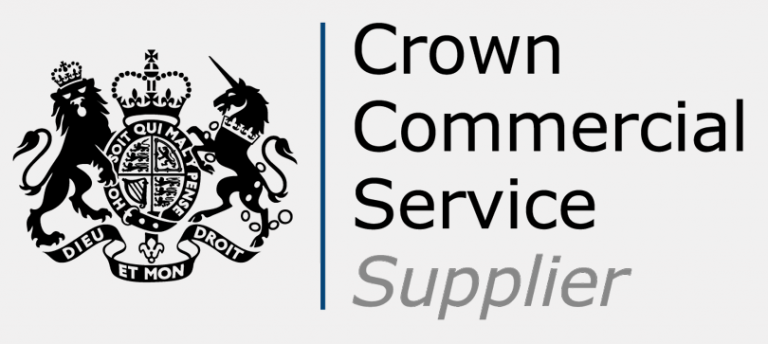
Data is the lifeblood of organisations; the modern world is based on a currency of data, and its importance cannot be understated.
The world has changed immeasurably over the past three years, demonstrated by the projections around the creation, use and general consumption of data:
Around 64 zettabytes in 2020 which is projected to double to around 120 zettabytes in 2023.
With significant volumes of data being generated organisations have, and will continue, to take advantage of the potential competitive edge data can provide to their business.
Data is a valuable commodity, but how many organisations consider data to be an asset?
Let’s look at some industry verticals and the value of good data to them;
Healthcare – can result in improved patient care through faster and more accurate diagnosis and treatment for ailments facilitated by the sharing of data between practitioners electronically as well as test results and appointment scheduling.
Financial Services – organisations store and collate information about their customers and habits, allowing them to predict and pre-empt products that may be interesting based on, for example, lifestyle. It also enables financial services (FS) organisations to make informed decisions about their customers around financial decisions like loans or mortgages.
Higher/Further Education – science benefits from the ability to store, collate and correlate large volumes of data at scale. Assisting with building models and making predictions that help to break new ground and improving the lives of everyday people through scientific advances and innovations.
The ability to collect and store data provides organisations with opportunities related to improving the standard and quality of the services they provide or the data that they create.
Key data characteristics
One key element is that data is only valuable when it can be relied upon.
Let’s look at some of the key requirements for data to be considered ‘good’;
Accurate – data should be up-to-date and as accurate as possible at the time of consumption.
Available/Accessible – data should be available when on-demand to the people that require it.
Provenance – the origin and integrity of the data should be unambiguous.
Usability – data should be available and presented in a format that is easily and readily consumable for those that are required to use it.
Secure – data should be stored as securely as possible based on its importance (confidentiality requirements).
Challenges around data

Data must be viewed as an asset in all industries but with storing and processing of these assets comes risk.
Organisations' consumption and use of data has come under scrutiny, with the advent of GDPR, individuals have never had more rights related to their data that they are willing to exercise. The increased scrutiny has led to organisations being challenged to deliver a holistic approach to data that encompasses the tenets of privacy, transparency and ethical use of data. This puts a sharp focus on organisations to understand how and where their data is stored and, just as important, who has access to that data.
The challenge for organisations is that data is collected from various sources and systems, some of which have been around for years and could be considered ‘legacy’. This means that there are likely to be different methods of storing and processing data across an organisation that don’t necessarily conform to the expected standards of data hygiene and protection in 2023. A majority of organisations won’t be able to accurately outline all the sources and stores of data which puts them at risk of loss or compromise of their data.
The Risks

These are some key risks associated with poor data hygiene;
Legal and regulatory compliance – failure to conform to the requirements of the legislation to appropriately protect and safeguard the data you have collected and stored.
Unintentional loss of data – poor practices can lead to data being leaked into the public domain, this could be through the loss of a laptop, accidentally making data publicly accessible via the web or a misdirected email.
Breach/Hack – the lack of technical controls as well as poor security culture and awareness can lead to a situation where a third party or unauthorised employee gains access to your data to cause significant damage.
Each of the above risks that we encounter in our everyday working lives can significantly impact organisations. This could be through legally imposed fines, loss of organisational reputation or compromise to the integrity and/or availability of data. The bottom line is protecting our data is important for several reasons.
The next blog in our series is all about:
Savanti are working with multiple clients in the data space using technology combined with domain-specific knowledge to enhance protection across an organisation’s data assets with a key focus on building manageable and scalable solutions to meet a variety of needs.
If you want to find out more about Savanti's work with data, then why not visit the chat function on our website or fill in the below details:










